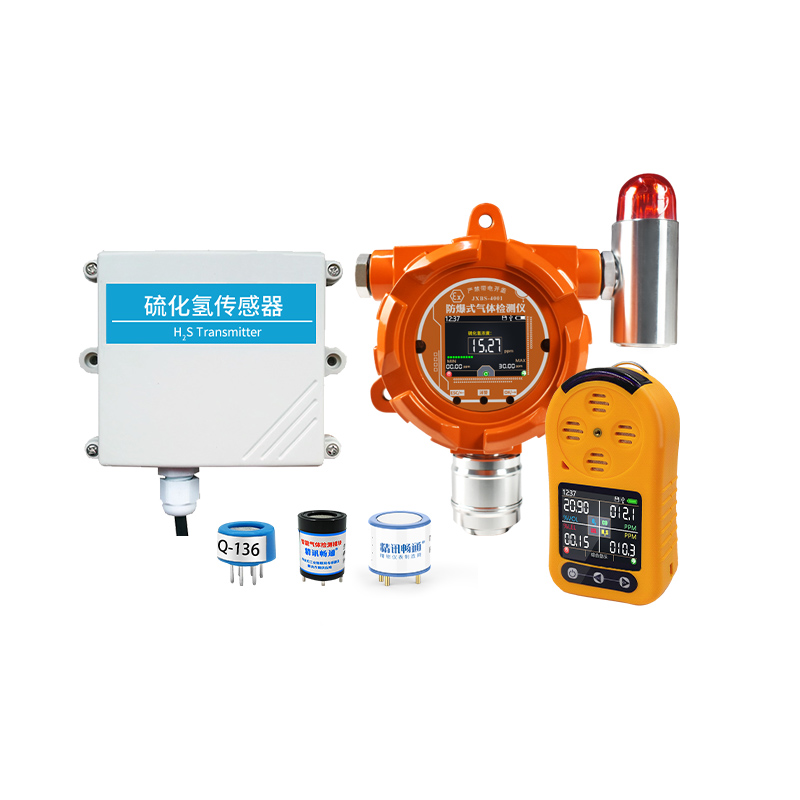In the rapidly evolving world of smart home automation, gas sensors have emerged as a crucial component in enhancing safety, comfort, and energy efficiency. These sensors play a vital role in detecting harmful gases, monitoring air quality, and triggering automated responses to ensure a safe and healthy living environment. This article explores the importance of gas sensors in smart home automation, highlighting their key benefits and applications.

Enhanced Safety and Security
One of the most significant benefits of gas sensors in smart homes is enhanced safety and security. By continuously monitoring the presence of harmful gases such as carbon monoxide (CO), natural gas (methane), and volatile organic compounds (VOCs), gas sensors can detect potential hazards before they become dangerous. In the case of CO or natural gas leaks, gas sensors can trigger alarms, shut off gas supplies, and even notify emergency services, thereby minimizing the risk of fire, explosion, or poisoning. This proactive approach to safety ensures that residents are protected from invisible threats that could otherwise go undetected.
Improved Air Quality Monitoring
Gas sensors also play a crucial role in monitoring air quality within smart homes. By detecting pollutants such as particulate matter (PM2.5 and PM10), nitrogen dioxide (NO2), and formaldehyde, these sensors provide real-time data on indoor air quality. This information can be used to trigger automated actions, such as adjusting air purifiers, opening windows, or activating ventilation systems, to maintain optimal air quality. Improved air quality not only enhances comfort but also contributes to better health by reducing the risk of respiratory illnesses and allergies.
Energy Efficiency and Cost Savings
Gas sensors can also contribute to energy efficiency and cost savings in smart homes. By monitoring the presence of combustible gases, these sensors can help optimize the use of gas-powered appliances, such as furnaces and water heaters. For example, a gas sensor can detect when a furnace is emitting excessive levels of CO, indicating inefficient combustion, and trigger a maintenance alert. Similarly, by monitoring indoor air quality, gas sensors can help regulate HVAC systems more effectively, reducing energy consumption and lowering utility bills.
Integration with Smart Home Systems
Gas sensors are seamlessly integrated into smart home systems, enabling seamless communication and automation. These sensors can be connected to smart hubs, such as Amazon Echo or Google Home, and integrated with other smart devices, such as thermostats, lights, and security cameras. This integration allows for customized scenarios and automated responses based on gas sensor data. For instance, if a gas sensor detects a CO leak, it can automatically turn off the HVAC system, open windows, and activate security cameras to provide a comprehensive response to the emergency.

Conclusion
In conclusion, gas sensors are a vital component in smart home automation, offering enhanced safety, improved air quality monitoring, energy efficiency, and cost savings. As the technology continues to evolve, gas sensors will become even more sophisticated, accurate, and reliable, further enhancing the benefits they provide to smart home users. By incorporating gas sensors into their smart home systems, homeowners can ensure a safer, healthier, and more energy-efficient living environment. The importance of gas sensors in smart home automation cannot be overstated, as they play a crucial role in protecting the well-being of residents and optimizing the performance of smart home systems.












